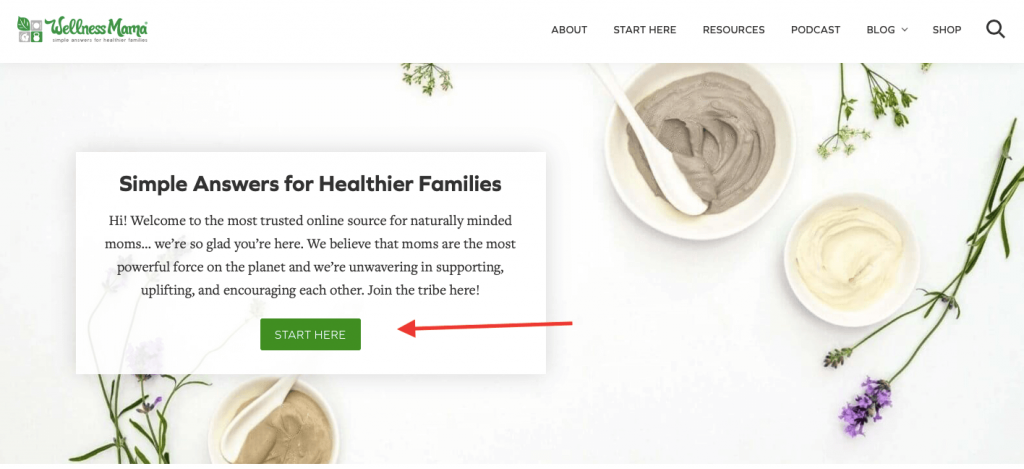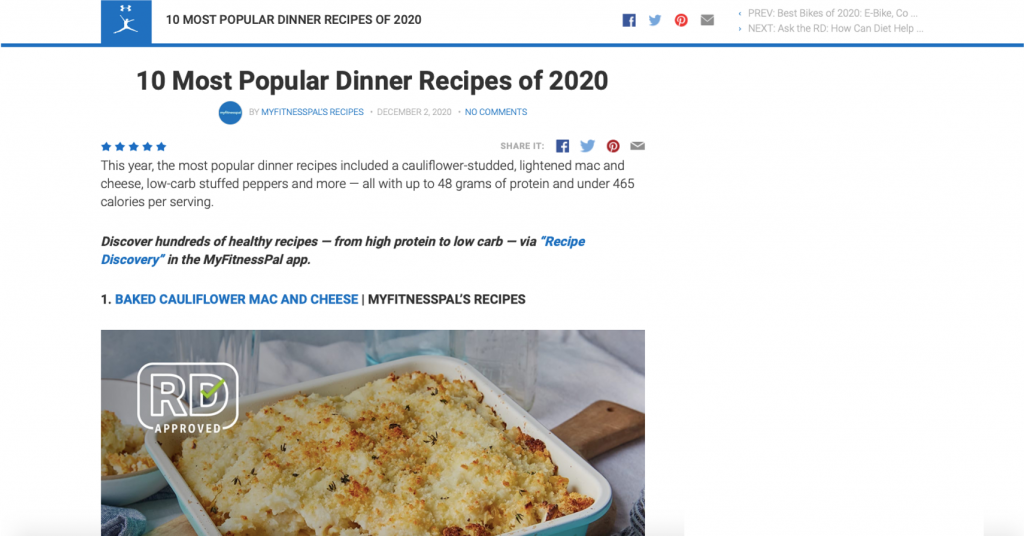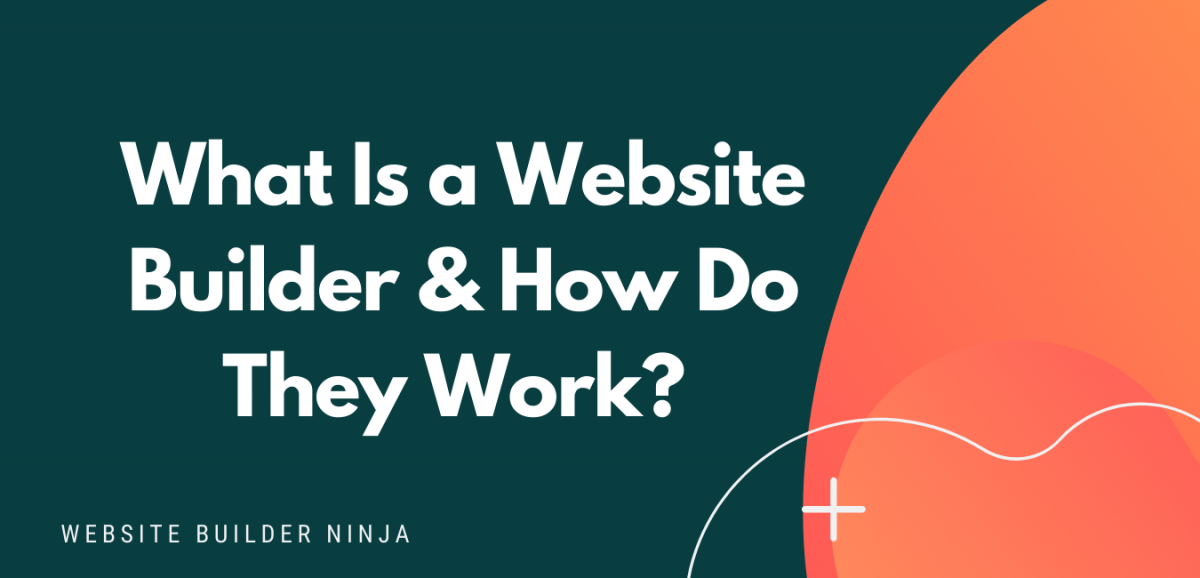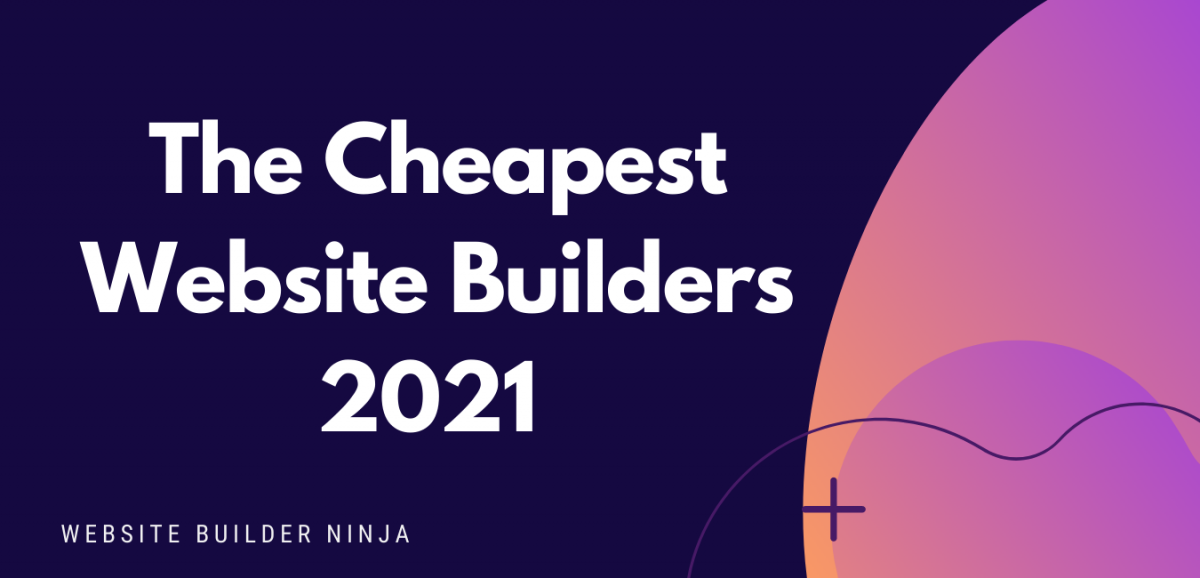How to organize a website to provide good content experiences to the audience?

Featuring your content among the first search results and attracting people to your website is a challenging task. To achieve it, it is necessary to combine the production of relevant materials with the implementation of the best SEO techniques, both on and off-page.
The most difficult part, however, comes next. When visitors come to your website for the first time, you have a few seconds to get their attention and encourage them to browse your pages, keeping them from leaving the site and, therefore, keeping your bounce rate low. To do this, you need to offer a quality content experience.
That’s why the content’s organization is a central concern of website owners since its development phase. After all, as you’ll see in this text, this practice may actually make a significant difference in a company’s business results.
Interested in learning how to organize a website to provide good content experiences to the audience? Of course, there isn’t a magic formula, but the tips we have separated for you will certainly set you on the right way. Keep reading to understand:
- What is content experience and why is it important?
- How the website organization relates to content experience?
- How to build a strong website organization?
- What are the most common mistakes?
- What are the most common pages on any website?
What is content experience and why is it important?
We define content experience as a flow of relevant, rich, beautifully crafted content that engages prospects across the whole buyer journey over a sustained period. Each piece of material should be specifically designed in a way that meets the pains of the persona or impacts prospects at a specific stage of the journey.
This is a key concept in any Digital Marketing strategy and therefore, is not limited to the website. To offer complete experiences, it is necessary to use different channels and various formats of material. This way, it’s feasible not only to capture the audience’s engagement but also to keep it for longer.
This way, the brand initiates a relationship of trust with the persona, which associates the quality of the experience directly with the company. This opens space for more effective approaches in several aspects, such as branding, lead nurturing, and opportunity conversion. The more satisfied the consumer is, the more susceptible they will be to your marketing efforts.
By putting the content experience at the heart of your strategy, you create a sales cycle that renews itself. This is because satisfied consumers tend to share the content on their social media, recommend the brand to their friends, and leave positive feedback. All of these actions generate more leads organically.
The success of this approach does not depend only on the quality and relevance of your materials. The channels that are made available need to feature a user-friendly and intuitive interface, enabling fast navigation and easy visualization.
Platforms such as Instagram and Twitter are developed to enable this type of experience. But what about your website, is it ready?
How the website organization relates to content experience?
When we search the internet for something, we expect quick results. This is a consequence of the digital transformation in the consumer’s daily life, which today requires digital experiences of excellence. Considering that the website is the entrance door to your business, a solid strategy should start there.
The way you organize the pages, menus, content, etc of your website influences the persona’s experience. For example, if a visitor is interested in buying a product, but can’t find a button that takes them straight to the virtual store, they may prefer to look for an alternative vendor.
On the other hand, a well-organized website will make it easier for visitors to navigate and find exactly what they are looking for. This way, the client will access more pages and get to know the company better, which increases brand trust and drives more access to blog content.
When you organize your website’s content properly, it does not only help the understanding of visitors. The algorithms that search engines use to rank pages analyze each site’s structure to establish a hierarchy of priority.
In other words, the content organization is also a relevant factor in SEO strategies.
How to build a strong website organization?
As we mentioned in the introduction, there is no magic formula when it comes to website organization. First, there are several website development methods, which create a huge variety of techniques and practices that could be applied.
If you use a CMS, like WordPress, you have access to a more intuitive experience, making the whole process much easier. WP offers customizable free themes with elements that can be modified using actions as simple as “drag and drop”.
Regardless of which platform you develop your website on, some guidelines can make it easier for you to organize it. These are what we’ll talk about next. Keep reading!
Include CTAs in all your pages

The first step is to know exactly what you are dealing with. Map your website and list each of its pages, observing the purposes they fulfill. If you find forgotten pages that are no longer needed in this process, feel free to get rid of them.
With all the pages listed, you can see what your consumer browsing experience should look like. It is important to trace an ideal route; in other words, to define which page you want the lead to visit after reading the former.
Of course, not all visitors will follow exactly the same route, but this process helps define efficient CTAs on all your pages. Call-to-actions must take into account the stage of the funnel that best suits each content. For example, your blogposts may present CTAs leading readers to a landing page, but your portfolio should include a direct link to product/service acquisition.
Optimize the menu

Always choose quality over quantity. If your menus contain too much information, they will disrupt user navigation instead of assisting it. This is why you must create categories and subcategories to organize your pages and content.
This way, you will create a succinct menu that does not leave out any information. The visitor just needs to click or hover the mouse over a category to access all the available options.
Use the principle of visual hierarchy

The term visual hierarchy refers to the practice of organizing the elements of your page in a way that indicates their order of relevance. In simpler terms, the idea is to draw readers’ attention to the information you consider most valuable to the experience.
So, divide your page into categories, using headers and sub-header to distinguish them. It is important to use different colors to separate sections and make the visitor experience more intuitive. Images, videos, and other types of visual content also serve to divide pages into sections.
One of the factors that affect the order of relevance the user perceives your content is its size. So you can try using larger icons for your most important pages, for example.
In addition, it is essential to maintain consistency. When the user visits different pages and notices the same visual and writing style, they feel that they are in fact involved in a complete experience.
What are the most common mistakes?

If you follow the practices we listed in the previous topic, you will avoid most of the problems in organizing content on websites. For example, by organizing your menus, you will prevent the visitor from seeing too much unnecessary information, which could lead them to leave right away.
Another widespread mistake is not praising for the consistency of your content. The website’s organization should contribute to the shaping of a brand voice easily distinguishable by the consumer.
Be consistent in the positioning of widgets and your blogposts’ structuring to offer visitors a comfortable, familiar experience that will make them return in the future.
Also, just as in everything that involves website management, it is essential to rely on a quality web host service. Neglecting this can lead to instabilities that compromise your data’s security, damage files, and, consequently, affect your content organization.
What are the most common pages on any website?
Although you are free to choose your website’s pages, some of them are popular in almost all web portals. It is important to know them and understand their purpose to use them in your favor. We will list and explain some of the main ones below.
Homepage
Treat your homepage as your company’s front door on the Internet. It should clearly express what your business is and take visitors to other pages.
About
This page is vital in a scenario in which the consumer is more and more concerned with the brand’s reputation. It should bring information about your company’s activities, emphasizing its mission, vision, and values.
Services
If you are a service provider, this page is important to offer the persona an overview of what you can offer.
Blog
Creating a blog is an important practice to increase your brand’s digital reach and maintain the persona’s engagement. Your website must have a link to the blog homepage.
Contact us
This page is intended to inform the visitor about the contact channels you offer. Include all available channels.
FAQ
The Frequently Asked Questions page is handy, especially in sites that sell more complex products and services. It gathers the most common consumer questions and offers answers for each one of them.
Now that you know how to organize a website to provide good content experiences to the audience, you can better explore your commercial potential. Satisfactory experiences produce loyal customers and increase your brand’s authority, generating advantages in the short, medium, and long term.
Do you think your website already offers a quality experience to visitors? Or do you need to improve some aspects? Leave a comment!
This post was written by Raphael Pires, Tech blog editor at Rock Content. Rock Content provides over 2,000 brands, marketers, and agencies with innovative content marketing solutions, creative services, on-demand talent, and professional training.
Written By

What is a website builder?
The simplest answer to the question of what is a website builder is that it’s a software programme that helps you to build a website without having to manually code anything. But, how do they work?

Cheapest Website Builder 2021
Building a website doesn’t have to cost the earth. We’ve pulled together a list of the cheapest website builders and ecommerce platforms to help you find an affordable option for your website. Not only are they the cheapest, but some of them are the best of the best…
